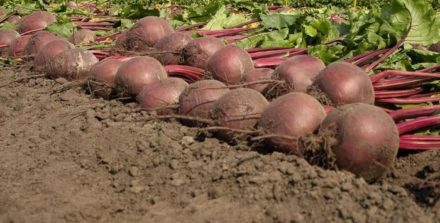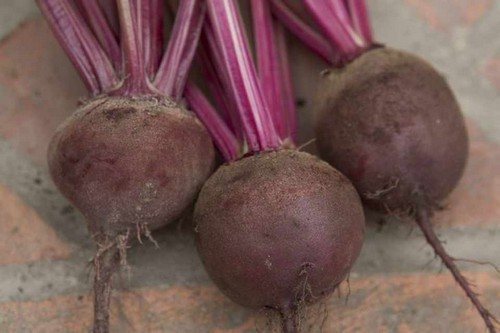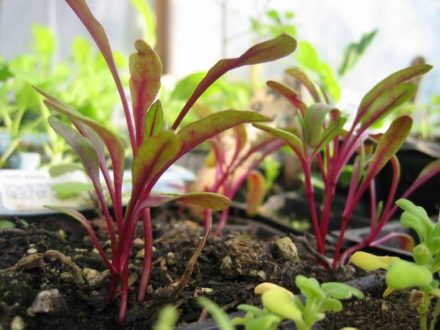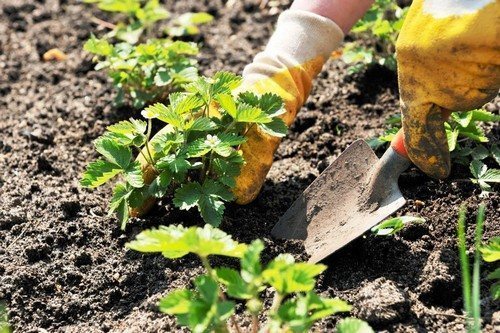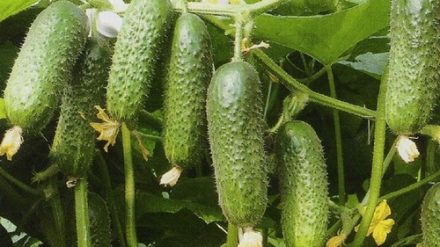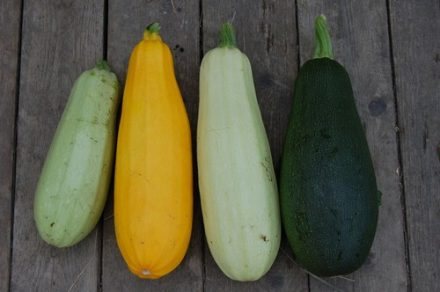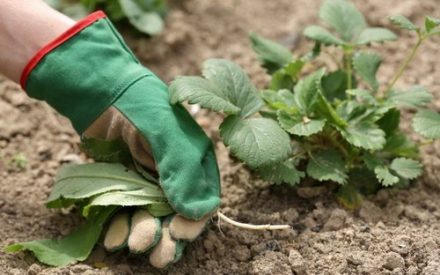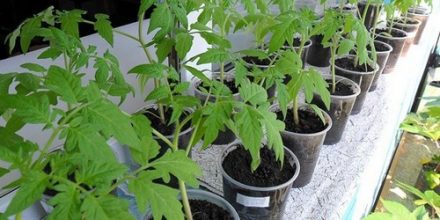Beets are an amazing fruit. It is rich in vitamins and minerals, in addition, natural dyes are made from it, and the juice is used to treat cholelithiasis.
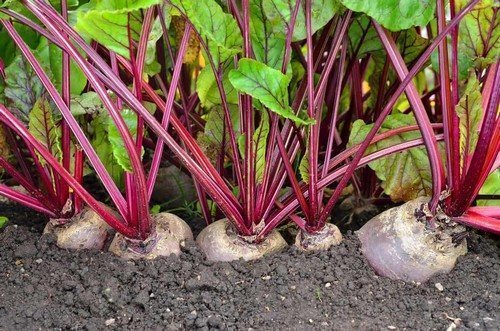
Growing beets does not involve any difficulties. Seeds can be planted directly in open ground.
Seed selection
There are many varieties of beets, the significant difference between them is the ripening time:
- early varieties ripen on average in 90 days;
- medium varieties - 120 days;
- late varieties - up to 150 days.
All species are planted at the same time; the ripening times of root crops, that is, the time of harvesting, are different.
The choice of seeds is carried out based on climatic conditions. It is not advisable to plant late varieties in the northern regions; they simply will not have time to ripen.
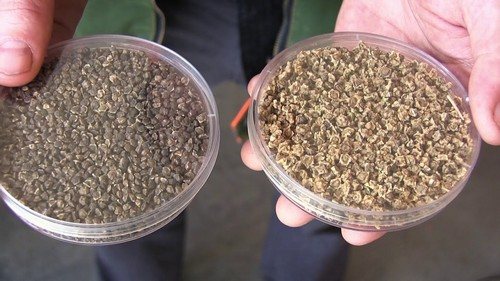
Boarding time
Beet seeds do not like cold. At the time of planting, the soil temperature should be at least 9 °C. Accordingly, planting time depends on the climatic conditions of the region. For the southern regions, it is optimal to plant beets in the first half of April; for the middle zone, the end of April - beginning of May is suitable.
Seed preparation
There are two ways to plant beet seeds in the ground:
- simple planting directly into the ground;
- planting pre-germinated seeds.
Both methods allow you to grow healthy, high-quality fruits if all conditions are met. Germination allows you to slightly speed up the ripening process.
Germination of seeds
Cotton fabric is placed in a small container and filled with water. The seeds should be carefully wrapped in a damp cloth and periodically moistened with water, the optimal temperature is 20 °C.
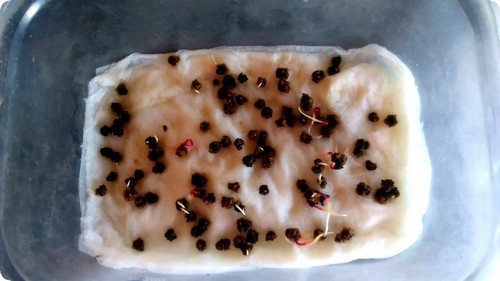
You can use moistened sawdust.
Selecting a landing site
Beets love sunlight very much, so the shady part of the site is not suitable for growing root crops. What plants were planted last year is also of great importance. Beets do not take root well in the soil after cabbage. An area where cucumbers, zucchini, potatoes or onions were planted last season is ideal.
Soil preparation
Any root crops require well-loose soil. Sowing depth is 18–22 mm.
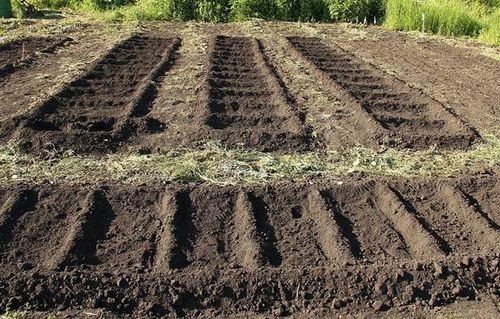
Beets do not take root well in clayey areas. You can improve the quality of the soil by adding a small amount of sand and peat.
Compost and other fertilizers are added to soil with a high sand content. The preparatory stage also includes adding wood ash to the soil as fertilizer.
Before planting, you need to prepare grooves along the edge of the bed, and add wood ash to them.
Planting beets
The seeds are placed in furrows at intervals of 6–8 cm. The soil must be moist. The sifted furrows are sprinkled with loose soil to a height of 3–4 cm.
Sprouted seeds will sprout in 6-7 days, unsprouted seeds - up to 16 days. It is highly not recommended when planting beets:
- Hurry to plant seeds in the soil. It is necessary to wait until the soil warms up and the night frosts stop completely.
- Fertilize the soil with fresh manure - humus and ash are usually used.
The grown young beets need to be thinned out, collecting part of the harvest, the size of the fruits is 5-7 cm in diameter.
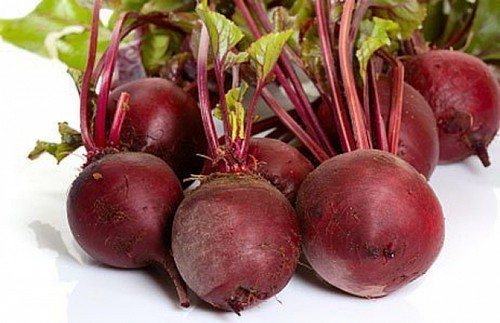
The remaining fruits ripen and increase in size.


